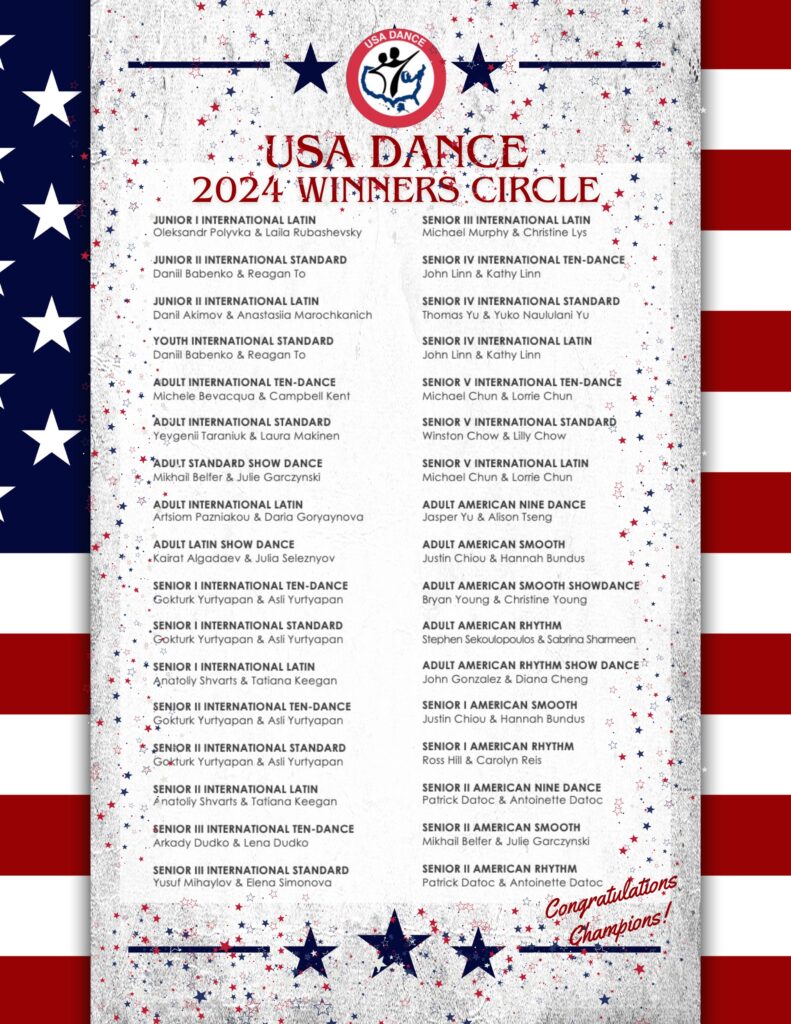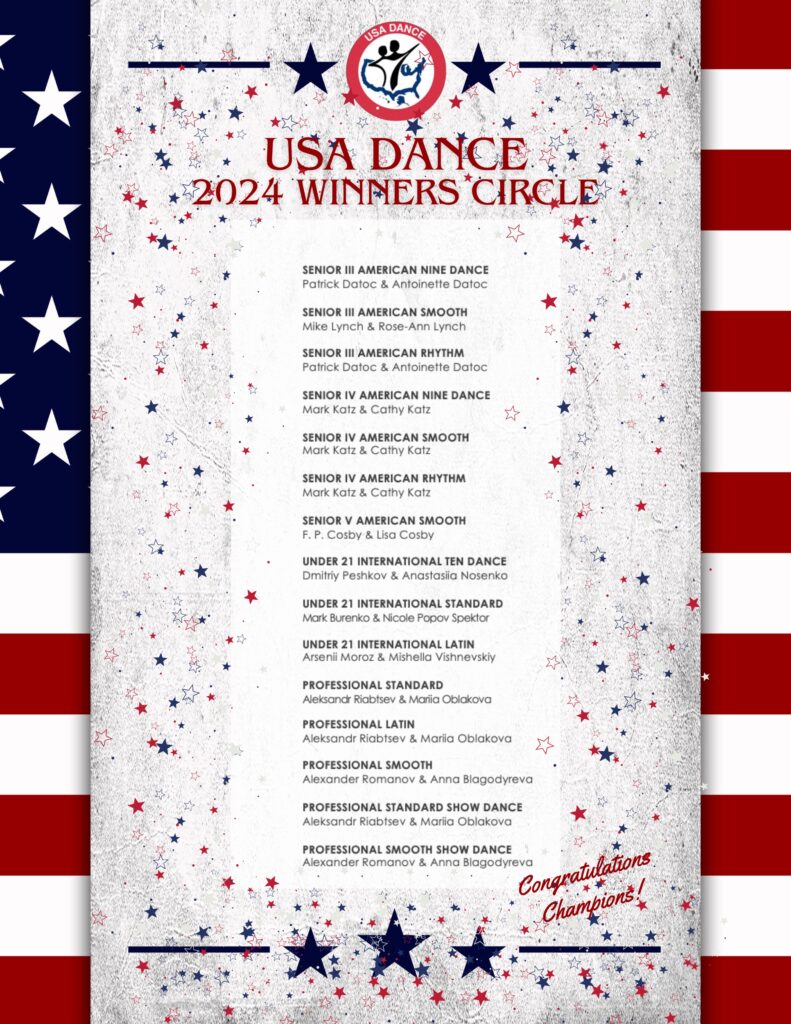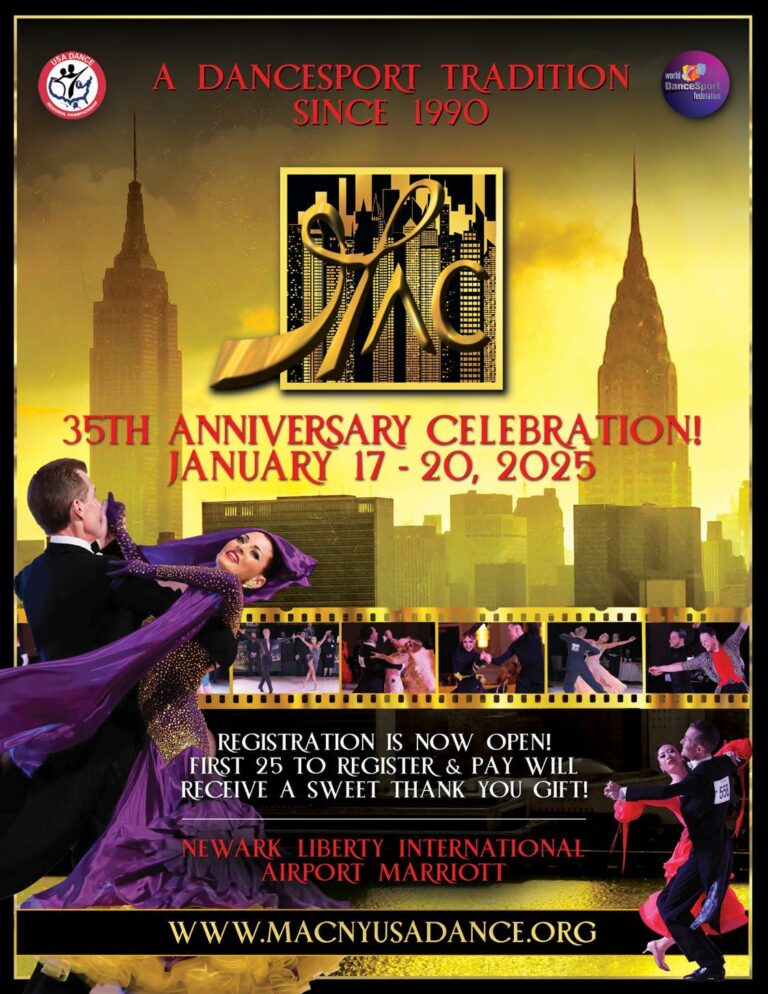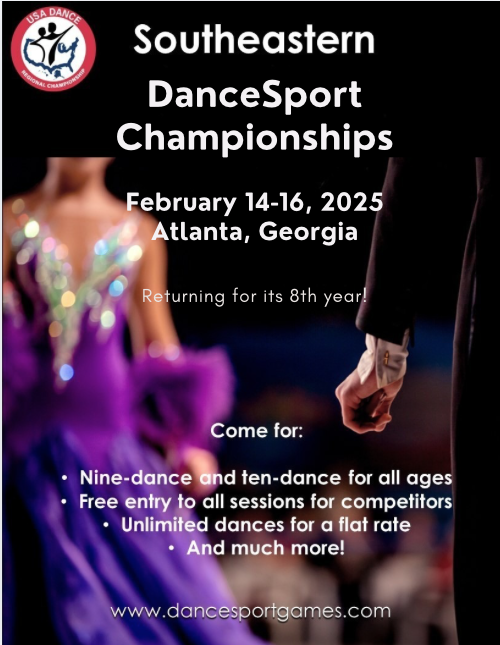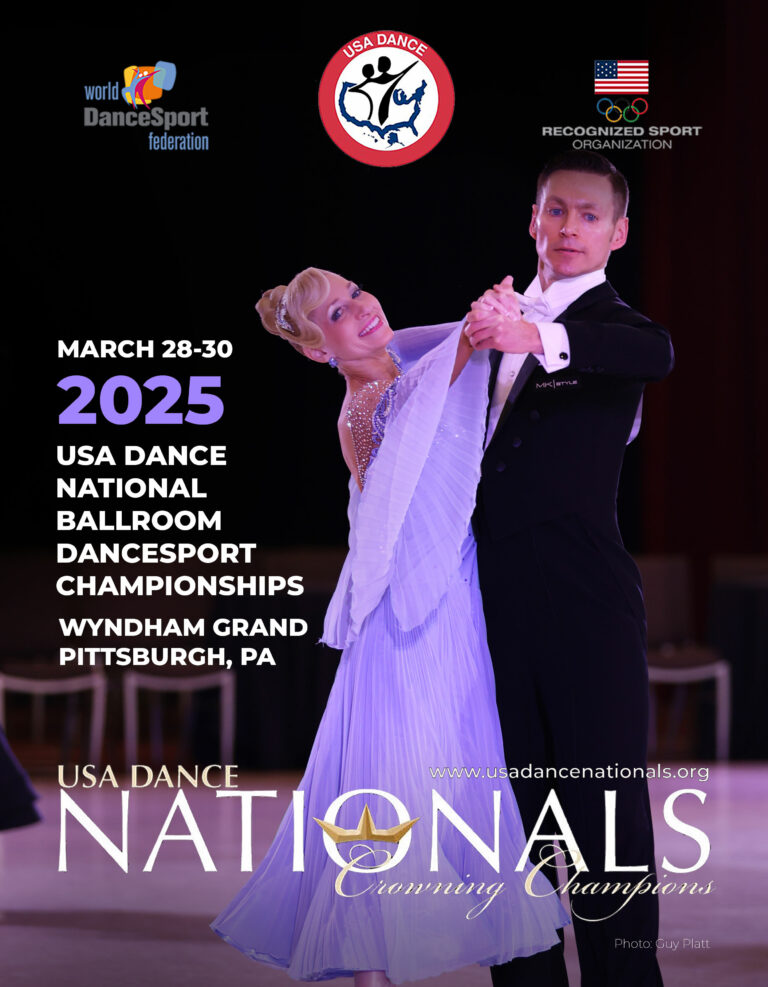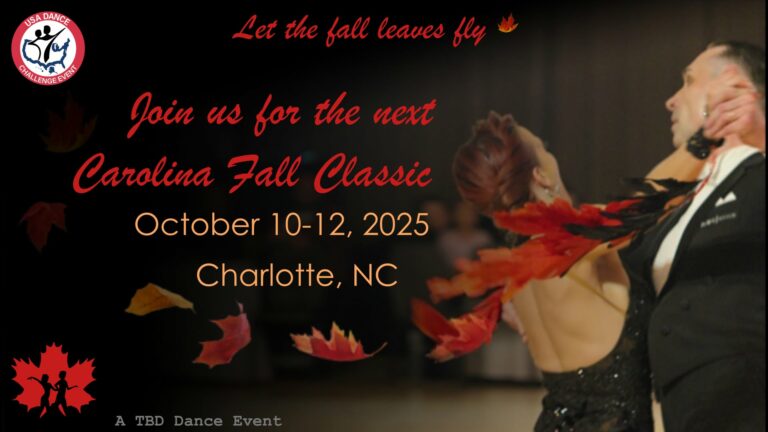As science continues to come up with solutions to help us live longer, there is increasing excitement in the field of anabolic stimulation and tissue regeneration.
Tools such as genetic manipulation, optimal diets, cures for major diseases, bionic limbs, and anti-aging drugs all offer hope for a longer life.
The question then becomes: If science can prolong our lives, what can it do to ensure we remain active during those extra years of life? Most of my aging athletic patients are unhappy when their joints begin to hurt; their smiles become fewer and farther between. If we live longer, will our joints still work—even as we push them harder and harder? While many diseases can kill you, arthritis has the potential to ruin your long life.
Thankfully, uninjured human joints can last through a lifetime of activities, including running. Unless there is an underlying genetic component or inflammatory component to their arthritis, it takes an injury to create the rough and worn joint surfaces that accelerate into post-traumatic arthritis. If we can prevent such injuries—or treat and cure the joint soon after injury—we can extend the life of the joint. Alternatively, if we can cure the arthritis once it has set in, the lifespan of the injured joint can be extended.
The good news is that arthritis is often preventable and curable—but only if the cartilage injuries that lead to the most common types of arthritis (i.e., post-traumatic and osteoarthritis) are repaired as soon as they are injured. We, and others, have developed and are improving the techniques for repairing, regenerating, and replacing damaged cartilage, so much so that most patients are returning to full sports with previously doomed knees.
These novel techniques start with joint injury prevention. Exercise programs designed to reduce ACL injuries are having increasing success. Mental training to focus the mind during exercise and sports is also evolving since it is clear that many (if not most) injuries start with mental errors. Distractions and poor judgment lead to misplaced feet and awkward landings.
Joint and tissue nutrition starts with what we eat but continues with direct joint injections of lubricants, charged sugars such as glucosamine, and anabolic growth factors to regularly nourish the avascular tissues that make up the articular cartilage surface.
Surgical techniques are advancing from the old shavers that cut away tissue to smoothing devices with radio and light frequencies designed to upregulate (stimulate) cellular metabolism.
Cell growth techniques within and outside the body are rapidly improving, as are scaffolds to provide regeneration templates through which tissues can be regrown. Our own early efforts to build collagen scaffolds ( using the collagen meniscus implant invented and developed at The Stone Clinic also called Menaflex) were the first versions of these regeneration templates. Improved ones are in development here. In the near future, many injured tissues will have the opportunity to be regrown immediately.
For those missing key structures, the science of tissue replacement is working to optimize both allograft (human donor) tissues and animal tissues. The days of “robbing Peter to pay Paul”—taking one part of a patient’s knee to rebuild another—are numbered. Tissue substitution, likely pre-loaded with cells and growth factors, should be able to stop an injury from ending a sports career and turn it instead into an incentive to become a smarter, stronger athlete.
A further reason to be hopeful that your joints will see you through to the end is the success we’re seeing using treatments to encourage the body to heal itself. We are getting much better at deploying stem cells, growth factors, and joint lubricants to accelerate natural repair processes within the body after injury, and especially after surgery. Almost all surgeries can now be augmented, and even better stimulants are coming.
This frontier of stimulation is part of what we have named the “Anabolic Era” of joint repair. It focuses on inducing injured joints to heal, rather than become chronically injured. Traditional arthritis care has been to treat symptoms with pain and anti-inflammatory medicines, prolonging the disease and eventually leading to artificial joint replacement. The Anabolic Era of Medicine should reverse this treatment paradigm.
These are just a few of the areas of research and development focused on keeping people active. Directing more funding to the quality of the lives we lead—as part of their increased length—will help us live well today and into the future. Our clinic’s former stated goal of having you “drop dead at age 100, playing the sport you love and with a smile on your face,” may soon be outdated.
 Kevin R. Stone, MD
Kevin R. Stone, MD
Dr. Kevin R. Stone is a pioneer of advanced orthopaedic surgical and rehabilitation techniques to repair, regenerate, and replace damaged cartilage and ligaments.
He is an orthopaedic surgeon at The Stone Clinic and also the chairman of the Stone Research Foundation. He lectures around the world as an expert in cartilage and meniscal growth, replacement, and repair and holds over 40 U.S. patents on novel inventions to improve healthcare.
Dr. Stone uses anabolic therapy and other biologic techniques to work to preserve the natural biology of a joint, helping people avoid or delay an artificial joint replacement.
At The Robotic Joint Center, Dr. Stone uses advanced robotic-assisted surgery techniques to ensure that partial and total knee replacements result in precise alignment and a more natural feeling knee
Dr. Stone was trained at Harvard University in internal medicine and orthopaedic surgery and at Stanford University in general surgery. His fellowship was in research at the Hospital for Special Surgery and in knee surgery in Lake Tahoe. Dr. Stone is consistently listed as one of the country’s top 25 Ambulatory Surgery Center (ASC) leaders and ranks amongst the country’s top 75 knee surgeons.1
He is a physician for Smuin Ballet and has served as a physician for the U.S. Ski Team, the U.S. Pro Ski Tour, the Honda Ski Tour, the Jeep 48 Straight Tour, the Old Blues Rugby Club, Lawrence Pech Dance Company, Marin Ballet, the modern pentathlon at the U.S. Olympic Festival, the United States Olympic Training Center, and for the World Pro Ski Tour. He’s been featured on Good Morning America, the Ologies podcast, and Star Talk podcast hosted by Neal deGrasse Tyson. He is the best-selling author of the book Play Forever. He also served as a columnist for the San Francisco Examiner and writes a weekly blog at www.stoneclinic.com/blog.
Dr. Stone enjoys skiing, windsurfing, and biking.
This article was reprinted with the express permission of Dr. Kevin Stone, MD and The Stone Clinic. To see or sign up for The Stone Clinic’s Blog, Click Here!


